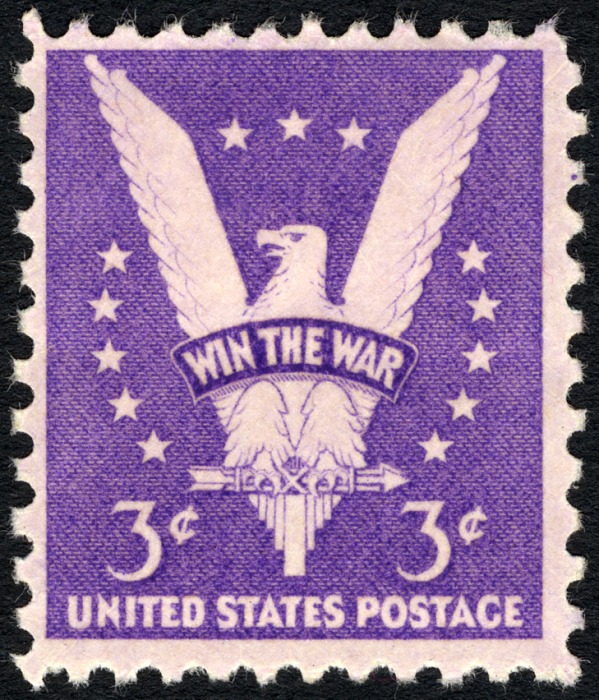"I recently bought an old military field coat with the name H.D. Burk and B4446 written in it. Some basic research tells me it's from a Harold Burk who was born in 1909 and enlisted in the Army in 1942. A quick Google search also returned a link to your blog...Does this sound like the correct Harold Burk?"My Dad, Harold Burk (1909-1978), enlisted in the U.S. Army at Camp Upton, NY on March 7, 1942, 75 years ago this week. I took out Dad's dog tags and sure enough, the number matched!
I wrote back to say "yes," this sounds like Dad. The handprinted name looks like his writing, and I felt a pang just looking at it. I asked how this gentleman, Mr. G, went about researching the jacket. He sent me to the WWII US Army Enlistment website, which contains info on nearly 9 million people.
 At left is the search box from the site, where I did what Mr. G did--I entered the laundry number (part of Dad's serial number) and his surname. Up popped a few details about Dad's enlistment. I had already documented his service, using his discharge papers, among other sources, but now I have another resource to try when researching other ancestors who served in WWII, thanks to Mr. G.
At left is the search box from the site, where I did what Mr. G did--I entered the laundry number (part of Dad's serial number) and his surname. Up popped a few details about Dad's enlistment. I had already documented his service, using his discharge papers, among other sources, but now I have another resource to try when researching other ancestors who served in WWII, thanks to Mr. G.(Try it for any of your ancestors who served in WWII! Even if you don't have a serial number or laundry number, go ahead and fill in other details on the search form, then weed through the results.)
 My Dad served in Europe with the 3163d Signal Service Company, as a clerk, and spent April of 1945 in Paris after the liberation. He's the serviceman on the right in this photo at a bistro.
My Dad served in Europe with the 3163d Signal Service Company, as a clerk, and spent April of 1945 in Paris after the liberation. He's the serviceman on the right in this photo at a bistro.Mr. G gave me more info about the jacket: It's an M-1943 Field Coat, which became standard for the Army during the war, especially for soldiers in colder climates. How my Dad's survived all these years, and in such great shape, I can't imagine.
What a wave of emotion seeing Dad's WWII jacket and handprinted name, and knowing that the collector, Mr. G, wanted to find out more about the man who wore it seven decades in the past.
I'm grateful to Mr. G for getting in touch, especially as this fits in nicely with my Genealogy Go-Over, reexamining documents and artifacts with an eye toward telling more stories about my ancestors. Thanks to Mr. G for permission to post his photos of Dad's jacket!



















